Public Research University on:
[Wikipedia]
[Google]
[Amazon]
A public university or public college is a


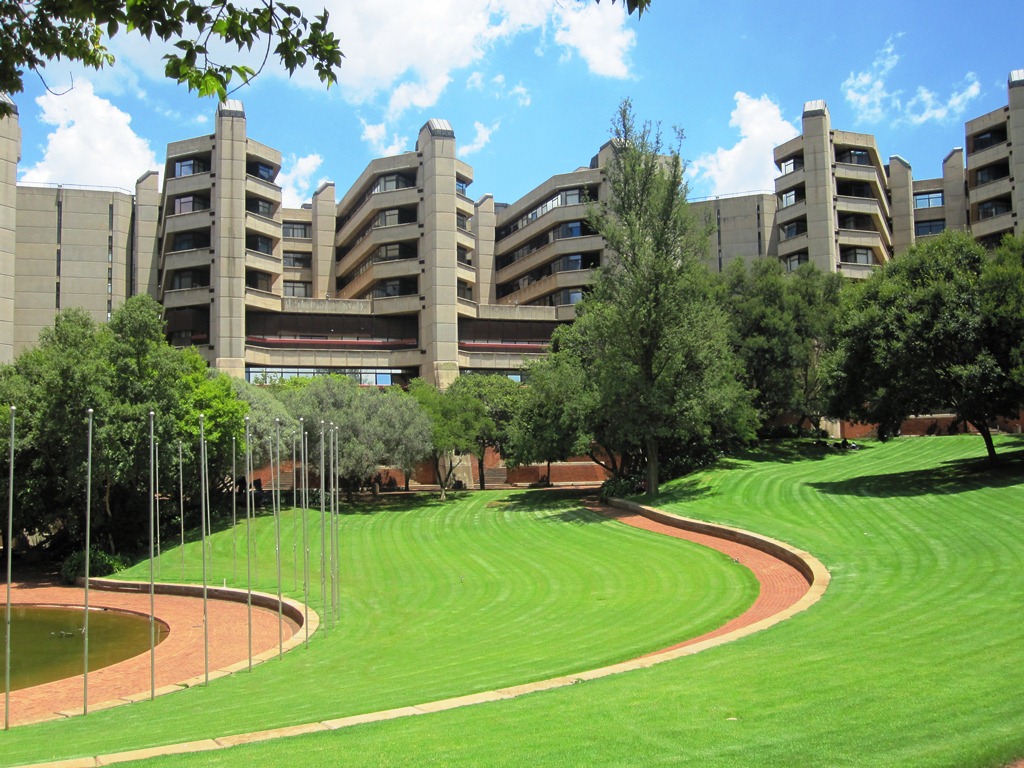


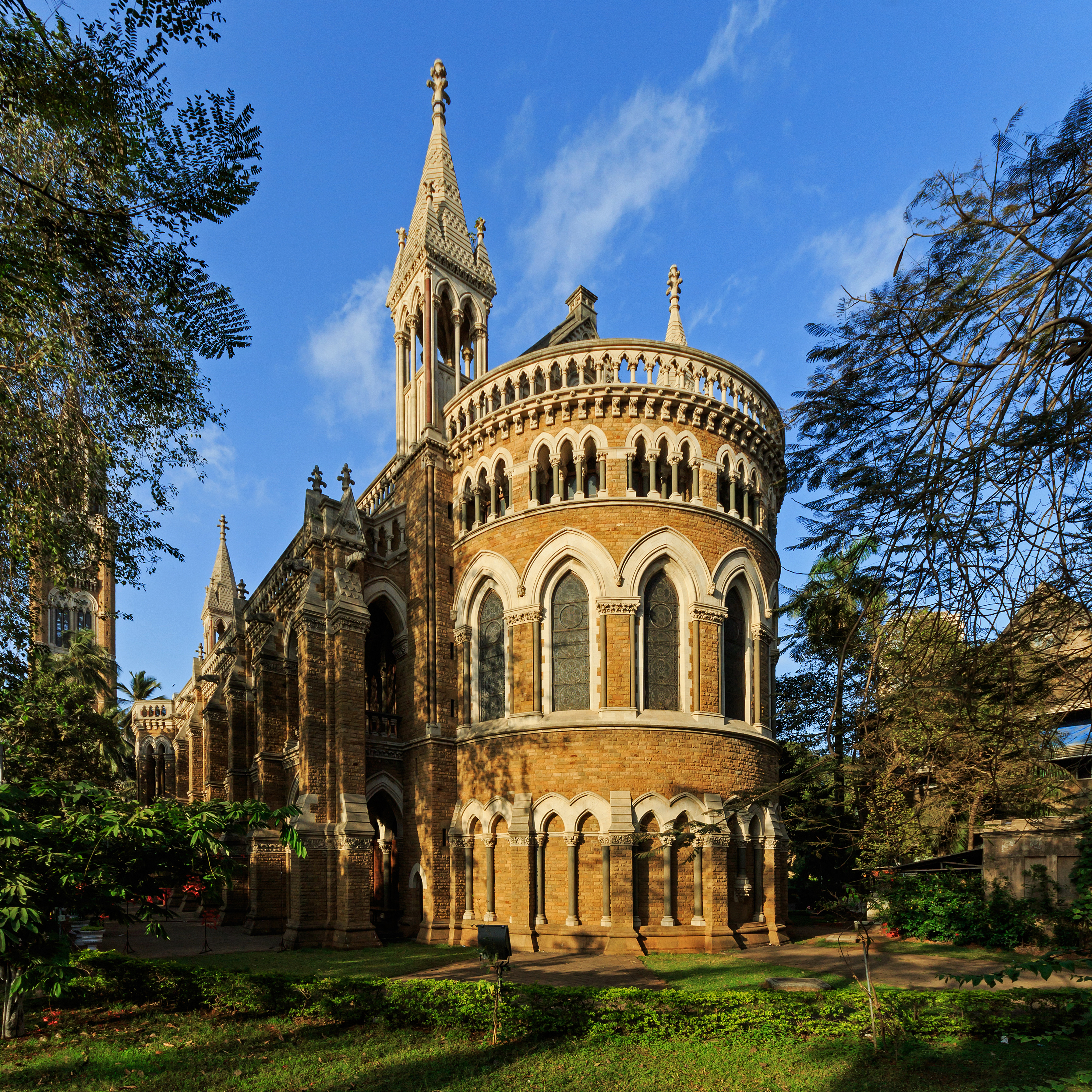
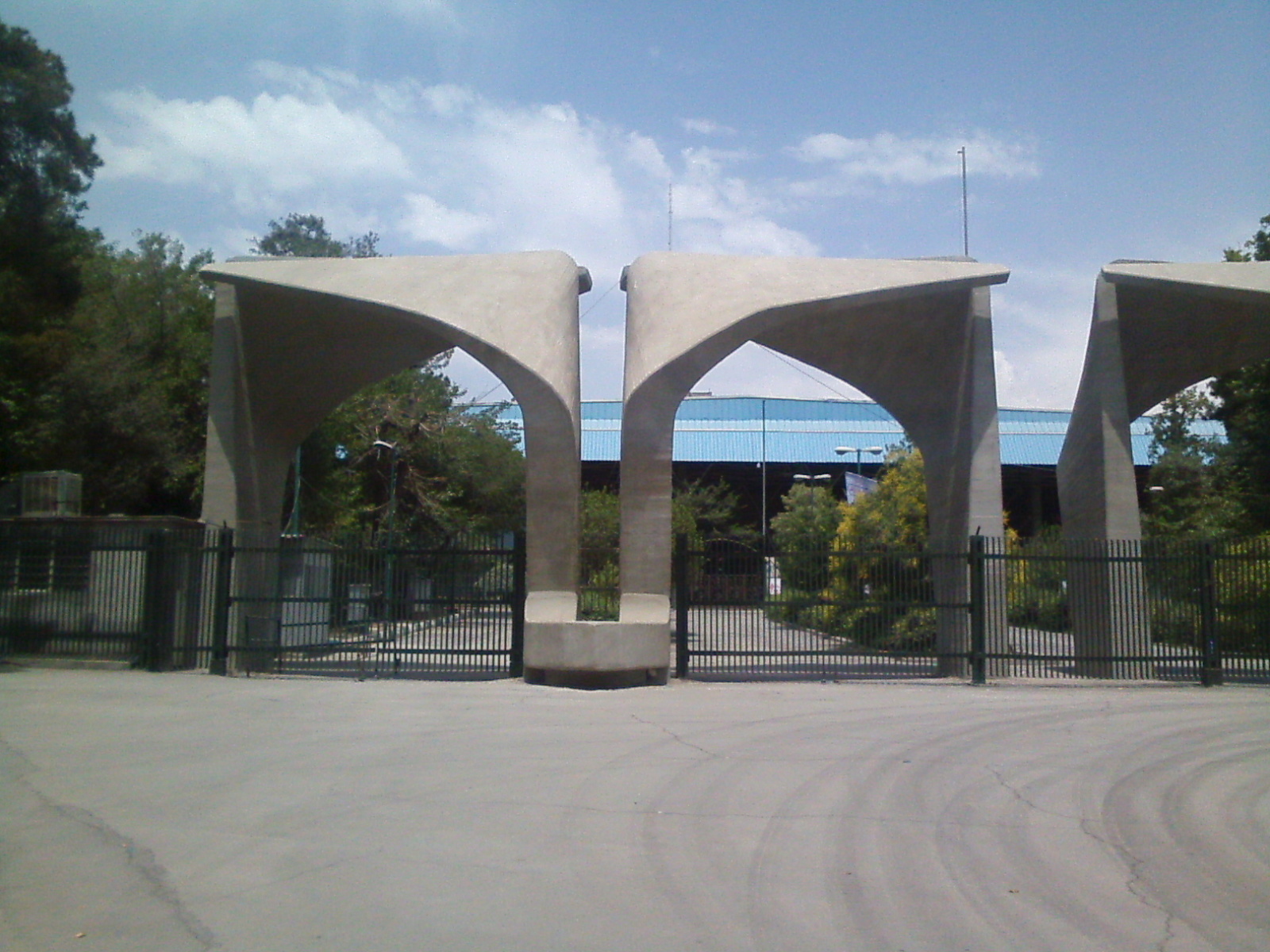
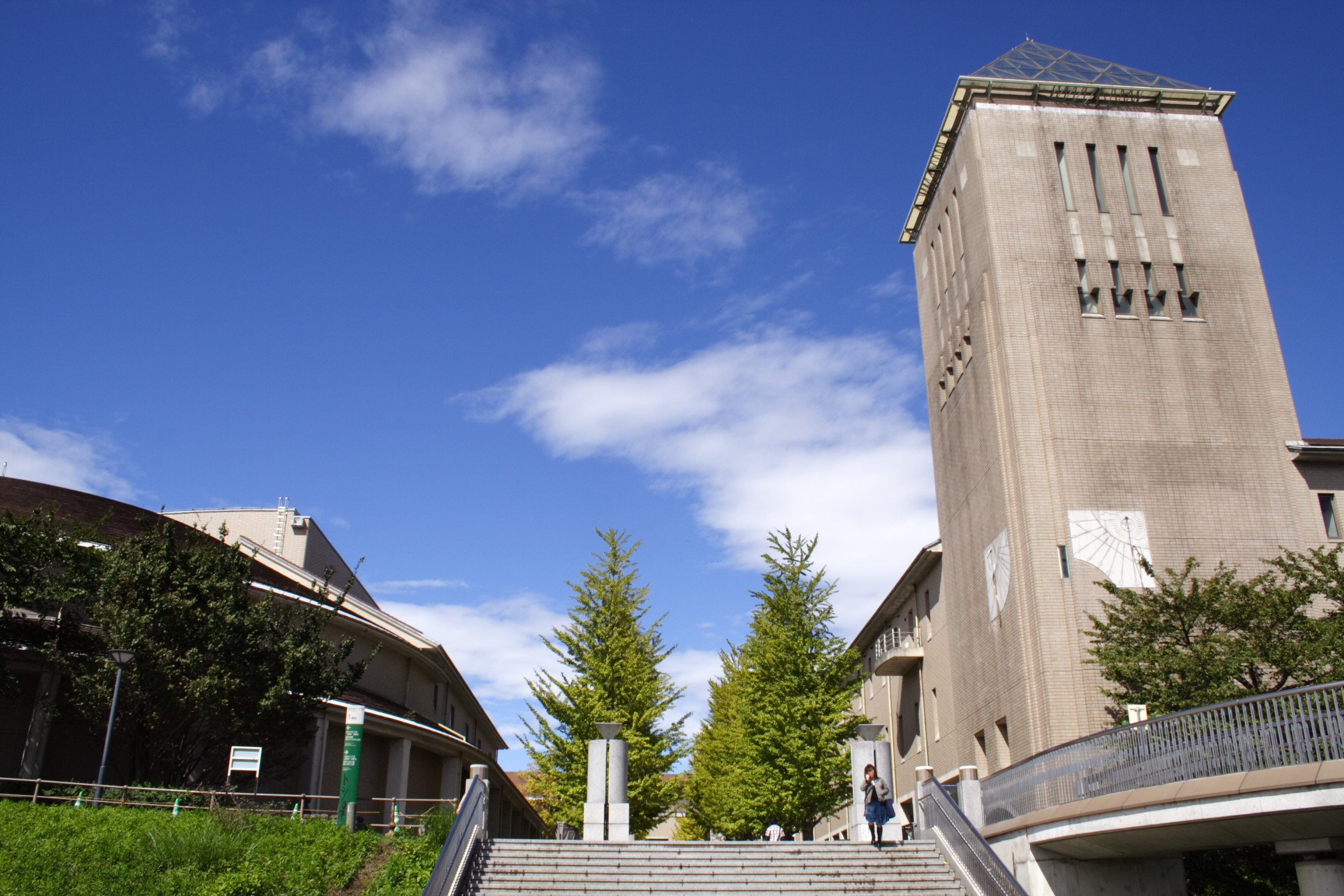
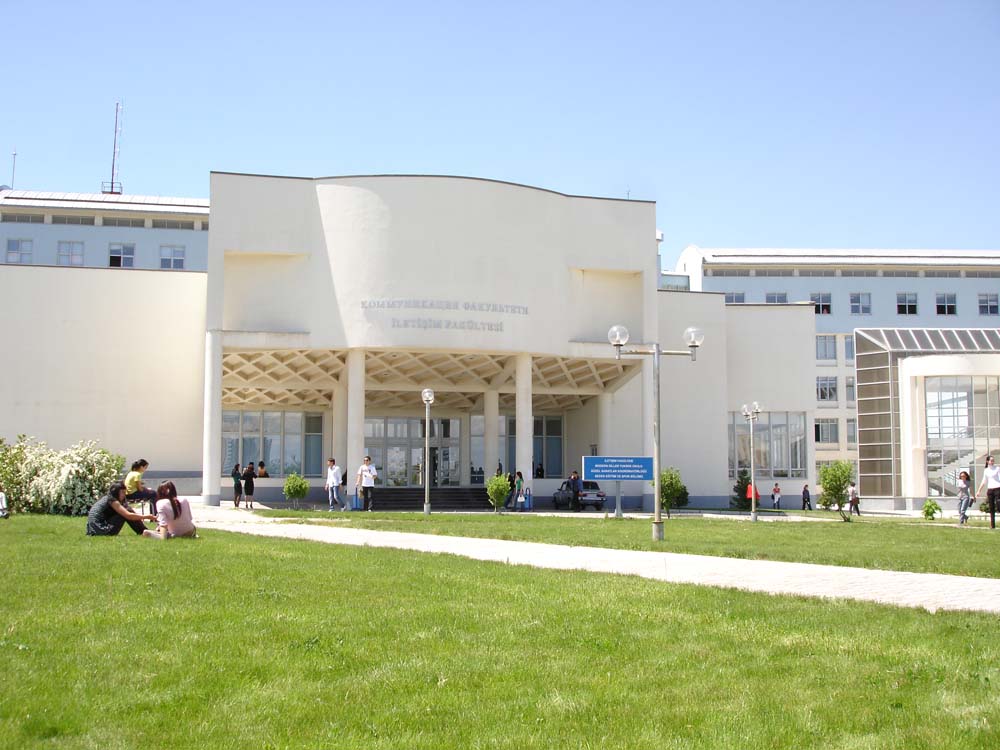

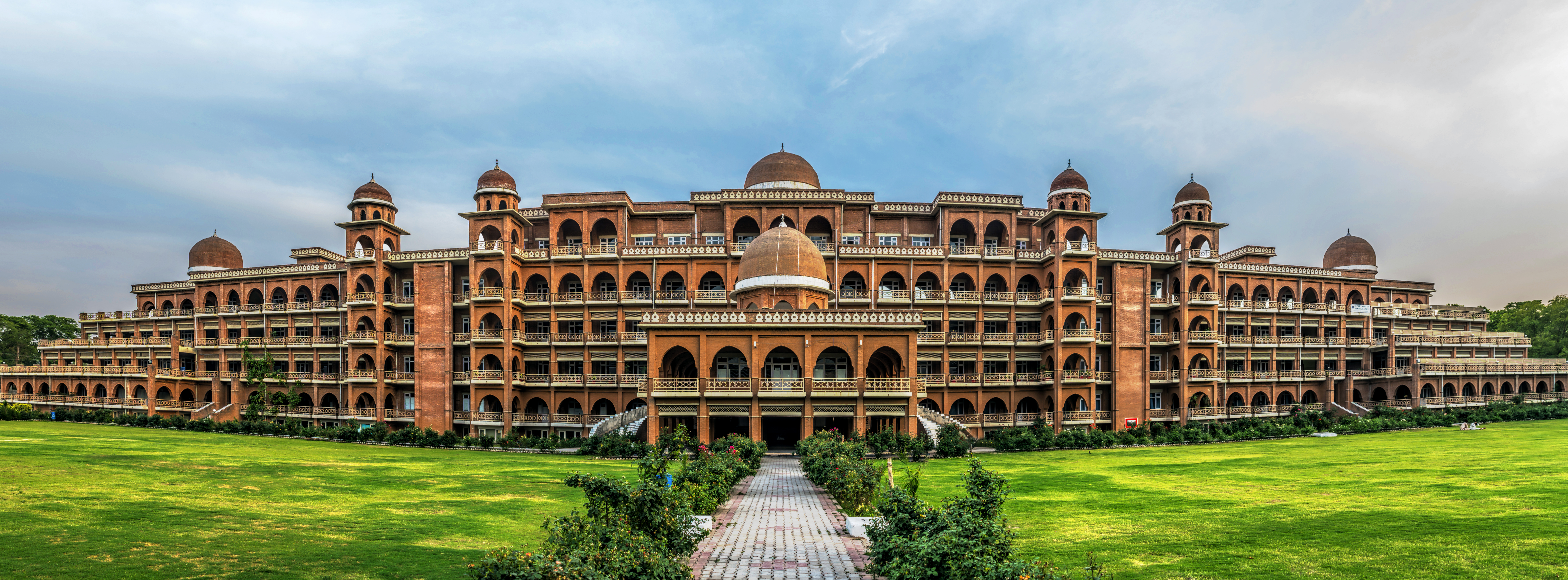
















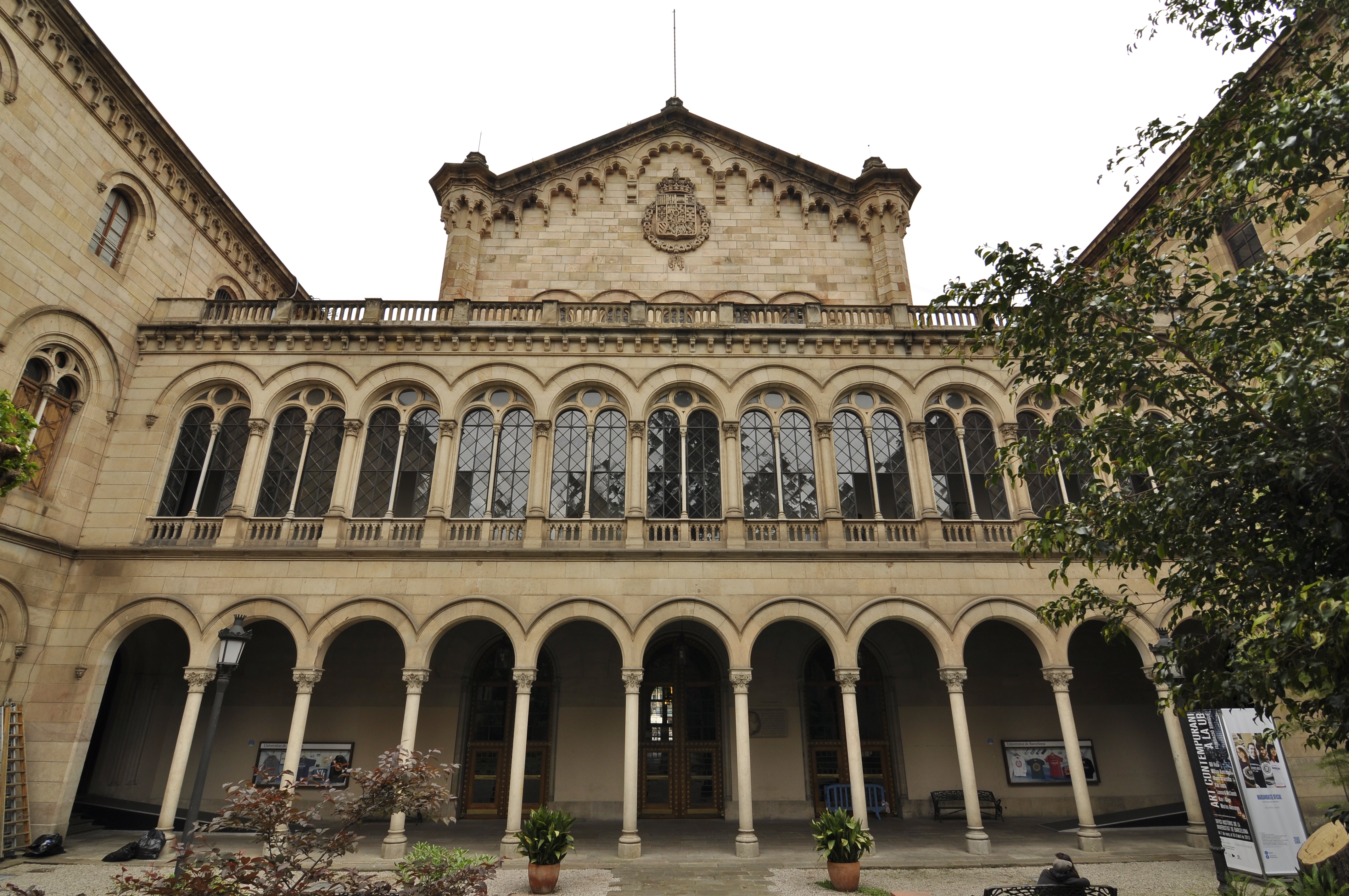
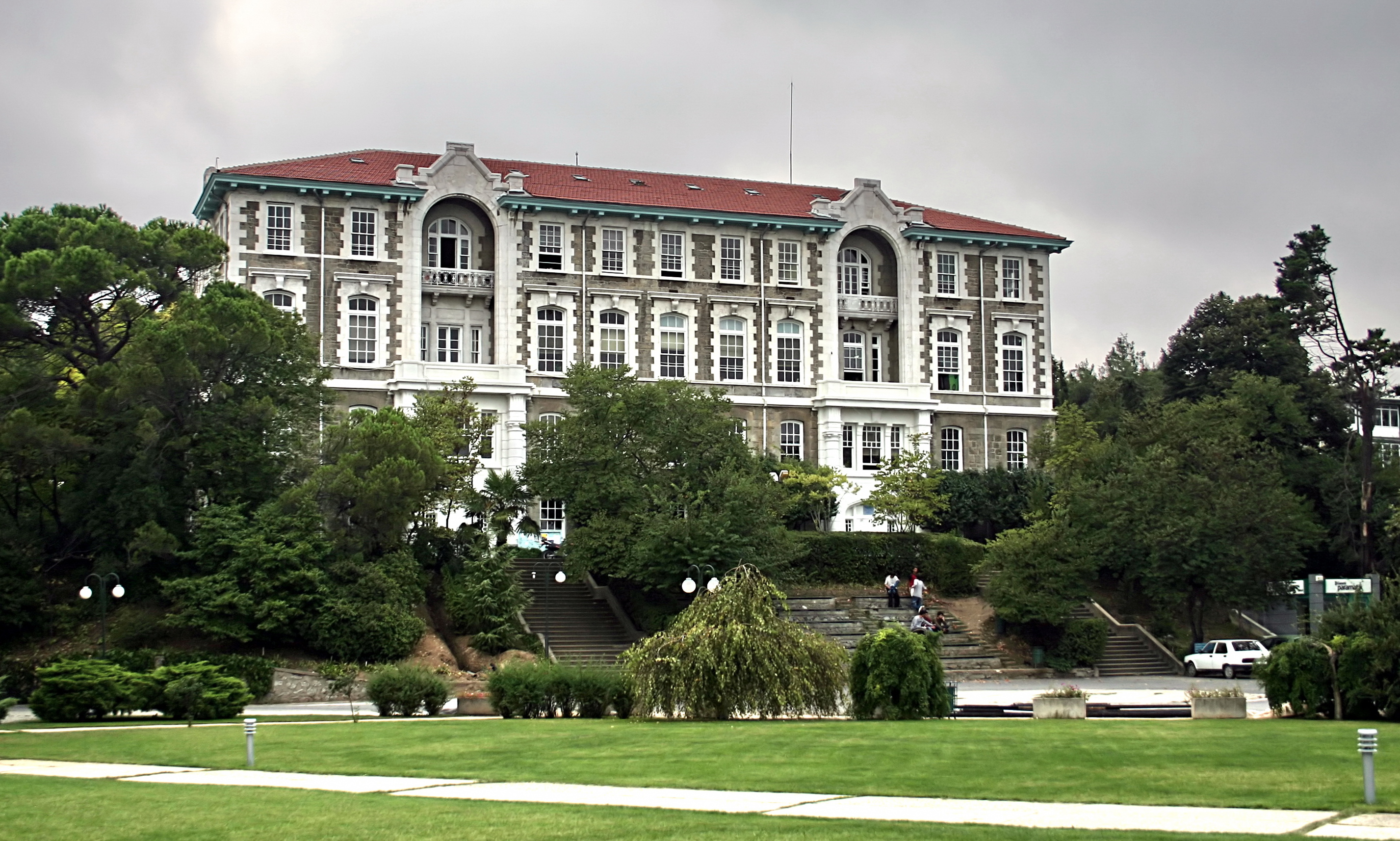







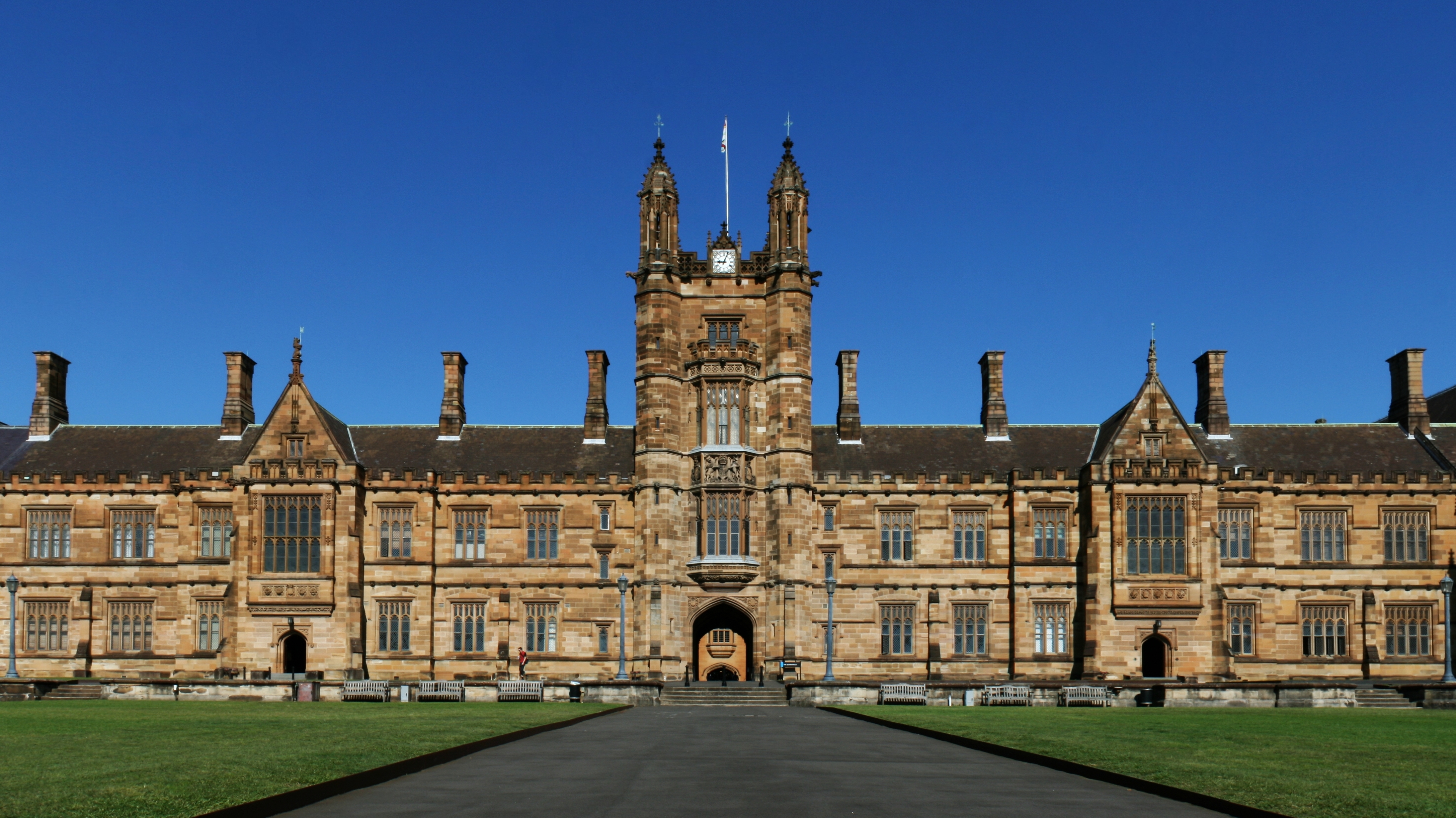

New Zealand Legislation
. Legislation.govt.nz. Retrieved on 2013-07-17.


university
A university () is an institution of higher (or tertiary) education and research which awards academic degrees in several academic disciplines. Universities typically offer both undergraduate and postgraduate programs. In the United Stat ...
or college
A college (Latin: ''collegium'') is an educational institution or a constituent part of one. A college may be a degree-awarding tertiary educational institution, a part of a collegiate or federal university, an institution offerin ...
that is in owned by the state or receives significant public funds
Government spending or expenditure includes all government consumption, investment, and transfer payments. In national income accounting, the acquisition by governments of goods and services for current use, to directly satisfy the individual o ...
through a national or subnational government, as opposed to a private university
Private universities and private colleges are institutions of higher education, not operated, owned, or institutionally funded by governments. They may (and often do) receive from governments tax breaks, public student loans, and grant (money ...
. Whether a national university
A national university is mainly a university created or managed by a government, but which may also at the same time operate autonomously without direct control by the state.
Some national universities are associated with national cultural or po ...
is considered public varies from one country (or region) to another, largely depending on the specific education landscape.
Africa

Egypt
InEgypt
Egypt ( ar, مصر , ), officially the Arab Republic of Egypt, is a List of transcontinental countries, transcontinental country spanning the North Africa, northeast corner of Africa and Western Asia, southwest corner of Asia via a land bridg ...
, Al-Azhar University
, image = جامعة_الأزهر_بالقاهرة.jpg
, image_size = 250
, caption = Al-Azhar University portal
, motto =
, established =
*970/972 first foundat ...
was founded in 970 AD as a madrasa
Madrasa (, also , ; Arabic: مدرسة , pl. , ) is the Arabic word for any type of educational institution, secular or religious (of any religion), whether for elementary instruction or higher learning. The word is variously transliterated '' ...
; it formally became a public university in 1961 and is one of the oldest institutions of higher education in the world. In the 20th century, Egypt opened many other public universities with government-subsidized tuition fees, including Cairo University in 1908, Alexandria University in 1912, Assiut University Assiut University is a university located in Assiut, Egypt. It was established in October 1957 as the first university in Upper Egypt.
Statistics
*Faculty members: 2,442
*Assistant lecturers and demonstrators: 1,432
*Administrative staff: 11,686
...
in 1928, Ain Shams University
Ain Shams University ( ar, جامعة عين شمس) is a public university located in Cairo, Egypt. Founded in 1950, the university provides education at the undergraduate, graduate and post-graduate levels.
History
Ain Shams University was ...
in 1957, Helwan University
Helwan University is a public university based in Helwan, Egypt, which is part of Greater Cairo on over . It comprises 23 faculties and two higher institutes in addition to 50 research centers.
Overview
Helwan University is a member of the ...
in 1959, Beni-Suef University
Beni Suef University is an institution of higher education located in Beni Suef, Egypt
Egypt ( ar, مصر , ), officially the Arab Republic of Egypt, is a transcontinental country spanning the northeast corner of Africa and southwest co ...
in 1963, Zagazig University in 1974, Benha University
Benha University is an Egyptian government university in the city of Benha, the capital of Al Qalyubiyah Governorate.
It was established according to a decree on 25 November 1976 as a branch from Zagazig University in Benha, with the facult ...
in 1976, and Suez Canal University in 1989.

Kenya
InKenya
)
, national_anthem = " Ee Mungu Nguvu Yetu"()
, image_map =
, map_caption =
, image_map2 =
, capital = Nairobi
, coordinates =
, largest_city = Nairobi
, ...
, the Ministry of Education controls all public universities. Students enroll after completing a 8-4-4 educational program system and attaining a mark of C+ or above. Students who meet the criteria set annually by the Kenya Universities and Colleges Central Placement Service receive government sponsorship, with the government providing part of their university or college fees. Students are also eligible for a low-interest loan from the Higher Education Loan Board; students must pay back the loan after completing their higher education.
Nigeria
InNigeria
Nigeria ( ), , ig, Naìjíríyà, yo, Nàìjíríà, pcm, Naijá , ff, Naajeeriya, kcg, Naijeriya officially the Federal Republic of Nigeria, is a country in West Africa. It is situated between the Sahel to the north and the Gulf o ...
, both the federal and state governments may establish public universities.

South Africa
South Africa
South Africa, officially the Republic of South Africa (RSA), is the southernmost country in Africa. It is bounded to the south by of coastline that stretch along the South Atlantic and Indian Oceans; to the north by the neighbouring coun ...
has 26 public universities which are members of Universities South Africa. These are categorized as traditional or comprehensive universities.
Tunisia
InTunisia
)
, image_map = Tunisia location (orthographic projection).svg
, map_caption = Location of Tunisia in northern Africa
, image_map2 =
, capital = Tunis
, largest_city = capital
, ...
, the Ministry of Higher Education and Scientific Research
{{Unreferenced, date=March 2019, bot=noref (GreenC bot)
A Ministry of Higher Education is a government department that focuses on the provision or regulation of institutions of higher education. In some countries these exist as ministries compound ...
controls public universities and guarantees admission to students who earn a Tunisian Baccalaureate
The Tunisian Baccalaureate, or Examen National du Baccalauréat, is a standardized test that was founded in 1891, a decade after the beginning of the Tunisian War of Independence (1881–1956). Students who successfully complete the baccalaureate ...
. Using a state website, the students make a wish list of the universities they want to attend, with the highest-ranking students getting priority choices. Universities rank students according to the results of their baccalaureate.
Asia

Bangladesh
There are forty public universities inBangladesh
Bangladesh (}, ), officially the People's Republic of Bangladesh, is a country in South Asia. It is the eighth-most populous country in the world, with a population exceeding 165 million people in an area of . Bangladesh is among the mo ...
. They are overseen by the University Grants Commission which was created by the government in 1973.
Brunei
Most universities inBrunei
Brunei ( , ), formally Brunei Darussalam ( ms, Negara Brunei Darussalam, Jawi: , ), is a country located on the north coast of the island of Borneo in Southeast Asia. Apart from its South China Sea coast, it is completely surrounded by th ...
are public.People's Republic of China
In thePeople's Republic of China
China, officially the People's Republic of China (PRC), is a country in East Asia. It is the world's List of countries and dependencies by population, most populous country, with a Population of China, population exceeding 1.4 billion, slig ...
, nearly all universities and research institutions are public. Typically, provincial governments run public universities. However, some are administered by municipal
A municipality is usually a single administrative division having corporate status and powers of self-government or jurisdiction as granted by national and regional laws to which it is subordinate.
The term ''municipality'' may also mean the ...
governments or are national, which the central government
A central government is the government that is a controlling power over a unitary state. Another distinct but sovereign political entity is a federal government, which may have distinct powers at various levels of government, authorized or del ...
directly administers. Private undergraduate colleges exist but are primarily vocational colleges sponsored by private entities. Private universities usually cannot award bachelor's degrees. Public universities tend to enjoy a higher reputation domestically and globally.
Hong Kong
The University Grants Committee funds eight higher education institutions inHong Kong
Hong Kong ( (US) or (UK); , ), officially the Hong Kong Special Administrative Region of the People's Republic of China (abbr. Hong Kong SAR or HKSAR), is a List of cities in China, city and Special administrative regions of China, special ...
. The Academy for Performing Arts
The Union County Academy for Performing Arts is a full-time four-year public magnet high school located in Scotch Plains, in Union County, New Jersey, United States, on the Union County Vocational Technical Schools Campus. Its first year was ...
also receives funding from the government
A government is the system or group of people governing an organized community, generally a state.
In the case of its broad associative definition, government normally consists of legislature, executive, and judiciary. Government i ...
. The Open University of Hong Kong is a public university, but it is largely self-financed. The Shue Yan University is the only private institution with the status of a university; however, it also receives some financial support from the government.
India
InIndia
India, officially the Republic of India (Hindi: ), is a country in South Asia. It is the List of countries and dependencies by area, seventh-largest country by area, the List of countries and dependencies by population, second-most populous ...
, most universities and nearly all research institutions are public. Some private undergraduate colleges exist but most are engineering schools that are affiliated with public universities. Private schools can be partially aided by the national or state governments. India also has an "open" public university, the Indira Gandhi National Open University which offers distance education. In terms of the number of enrolled students, is now the largest university in the world with over four million students.
Indonesia
InIndonesia
Indonesia, officially the Republic of Indonesia, is a country in Southeast Asia and Oceania between the Indian and Pacific oceans. It consists of over 17,000 islands, including Sumatra, Java, Sulawesi, and parts of Borneo and New Gui ...
, the government supports public universities in each province. Funding comes through the Ministry of Education, Culture, Research, and Technology and the provincial and municipal governments.

Iran
Some of the public universities inIran
Iran, officially the Islamic Republic of Iran, and also called Persia, is a country located in Western Asia. It is bordered by Iraq and Turkey to the west, by Azerbaijan and Armenia to the northwest, by the Caspian Sea and Turkmeni ...
offer tuition-free and tuition-based programs. State-run universities are highly selective and competitive.
Israel
There are nine official universities inIsrael
Israel (; he, יִשְׂרָאֵל, ; ar, إِسْرَائِيل, ), officially the State of Israel ( he, מְדִינַת יִשְׂרָאֵל, label=none, translit=Medīnat Yīsrāʾēl; ), is a country in Western Asia. It is situated ...
, a few dozen colleges, and about a dozen foreign university extensions. The Council for Higher Education in Israel
The Council for Higher Education in Israel ( he, המועצה להשכלה גבוהה, ''HaMo'atza LeHaskala Gevoha'') is a supervisory body for universities and colleges in Israel. It is the only organization with the authority to award academic ...
supervises all of these institutions academically. Only a university, not a college, can issue doctorate
A doctorate (from Latin ''docere'', "to teach"), doctor's degree (from Latin ''doctor'', "teacher"), or doctoral degree is an academic degree awarded by universities and some other educational institutions, derived from the ancient formalism ''l ...
degrees in Israel. 

Japan
InJapan
Japan ( ja, 日本, or , and formally , ''Nihonkoku'') is an island country in East Asia. It is situated in the northwest Pacific Ocean, and is bordered on the west by the Sea of Japan, while extending from the Sea of Okhotsk in the n ...
, public universities are run by local governments, either prefectural or municipal. According to the Ministry of Education, public universities have "provided an opportunity for higher education in a region and served the central role of intellectual and cultural base for the local community in the region" and are "expected to contribute to social, economical and cultural development in the region". This contrasts with the research-oriented aspects of national universities.
In 2010, 127,872 students were attending 95 public universities, compared to 86 national universities and 597 private universities in Japan. Many public universities are relatively new; in 1980, there were only 34 public universities in Japan. Since July 2003, public universities may incorporate under the Local Independent Administrative Institutions Law.
Kyrgyzstan
Manas University
)
, type = Public Research university
, president = Alpaslan CEYLAN
Asilbek Kulmirzayev
, city = Bishkek
, country = Kyrgyzstan
, students = 5500 (all campuses)
, undergrad = 5000
, postgrad ...
in Kyrgyzstan
Kyrgyzstan,, pronounced or the Kyrgyz Republic, is a landlocked country in Central Asia. Kyrgyzstan is bordered by Kazakhstan to the north, Uzbekistan to the west, Tajikistan to the south, and the People's Republic of China to the ea ...
is a public higher education institution that offers associate degrees, undergraduate degrees, and graduate and postgraduate degrees.
Macau
University of Macau andMacao Polytechnic University
Macao Polytechnic University (MPU; ; pt, Universidade Politécnica de Macau) was established in 1981. It is located in the Macao Special Administrative Region (MSAR) of the People's Republic of China. MPU is a public Higher education institutio ...
are the public universities in Macau
Macau or Macao (; ; ; ), officially the Macao Special Administrative Region of the People's Republic of China (MSAR), is a city and special administrative region of China in the western Pearl River Delta by the South China Sea. With a pop ...
. In addition, the Macao Institute for Tourism Studies
Institute for Tourism Studies (IFT; ; pt, Instituto de Formação Turística) is a public institution of higher education located in Macau, China which is administered by the Secretary for Social Affairs and Culture of the Macao SAR Governmen ...
is a public higher education institution that offers undergraduate and postgraduate education.
Malaysia
There are twenty public universities inMalaysia
Malaysia ( ; ) is a country in Southeast Asia. The federal constitutional monarchy consists of thirteen states and three federal territories, separated by the South China Sea into two regions: Peninsular Malaysia and Borneo's East Mal ...
, funded by the government but governed as self-managed institutions.
Nepal
Tribhuvan University was the first public university inNepal
Nepal (; ne, नेपाल ), formerly the Federal Democratic Republic of Nepal ( ne,
सङ्घीय लोकतान्त्रिक गणतन्त्र नेपाल ), is a landlocked country in South Asia. It is ma ...
. It operates through six different schools and is affiliated with various colleges. Founded in 1991 by a government act, Kathmandu University
Kathmandu University (KU) ( ne, काठमाण्डौ विश्वविद्यालय) is a public autonomous university in Nepal. It is the third oldest university in Nepal, located in Dhulikhel of Kavrepalanchok District, about ...
offers science and technology curricula through different schools. The Pokhara University Act of 1997 established the government-funded Pokhara University. Although financed by the Nepalese government, Pokhara University is a non-profit autonomous institution, which affiliates with 58 colleges for bachelor's, master's, and M.Phil. degree programs. 
Pakistan
There are 107 public universities inPakistan
Pakistan ( ur, ), officially the Islamic Republic of Pakistan ( ur, , label=none), is a country in South Asia. It is the world's List of countries and dependencies by population, fifth-most populous country, with a population of almost 24 ...
, compared to 76 private universities. University of the Punjab
The University of the Punjab (Urdu, pnb, ), also referred to as Punjab University, is a public, research, coeducational higher education institution located in Lahore, Pakistan. Punjab University is the oldest public university in Pakistan. ...
is the biggest public university, followed by University of Karachi
The University of Karachi ( sd, ; informally Karachi University, KU, or UoK) is a public research university located in Karachi, Sindh, Pakistan. Established in June 1951 by an act of Parliament and as a successor to the University of Sindh ...
. The public universities receive guidance and recognition from the Higher Education Commission.

Philippines
There are more than 500 public higher education institutions in thePhilippines
The Philippines (; fil, Pilipinas, links=no), officially the Republic of the Philippines ( fil, Republika ng Pilipinas, links=no),
* bik, Republika kan Filipinas
* ceb, Republika sa Pilipinas
* cbk, República de Filipinas
* hil, Republ ...
that are controlled and managed by the Commission on Higher Education. Of the 500, 436 are state colleges and universities, 31 local colleges and universities, and a handful of community colleges. In 2008, the Philippine Congress passed Republic Act 9500, declaring the University of the Philippines
The University of the Philippines (UP; fil, Pamantasan ng Pilipinas Unibersidad ng Pilipinas) is a state university system in the Philippines. It is the country's national university, as mandated by Republic Act No. 9500 (UP Charter of 20 ...
as the national university to distinguish it from all other state universities and colleges. Other notable public colleges and universities include the Polytechnic University of the Philippines
, mottoeng = ''Light of the Nation''
, type = Public coeducational research higher education institution
, established = October 19, 1904
, closed =
, religious_affiliation = ...
, Technological University of the Philippines
The Technological University of the Philippines ( fil, Pamantasang Teknolohiya ng Pilipinas or ''Teknolohikal na Unibersidad ng Pilipinas''), commonly known as TUP, is a coeducational state university in the Philippines. It was established in ...
, Philippine Normal University
The Philippine Normal University (PNU; fil, Pamantasang Normal ng Pilipinas) is a public coeducational teacher education and research university in the Philippines. It was established in 1901 through Act No. 74 of the Philippine Commission '' ...
, and Mindanao State University.Singapore
There are six autonomous public universities inSingapore
Singapore (), officially the Republic of Singapore, is a sovereign island country and city-state in maritime Southeast Asia. It lies about one degree of latitude () north of the equator, off the southern tip of the Malay Peninsula, bor ...
, including National University of Singapore
The National University of Singapore (NUS) is a national public research university in Singapore. Founded in 1905 as the Straits Settlements and Federated Malay States Government Medical School, NUS is the oldest autonomous university in th ...
founded in 1905, Nanyang Technological University
The Nanyang Technological University (NTU) is a national research university in Singapore. It is the second oldest autonomous university in the country and is considered as one of the most prestigious universities in the world by various in ...
founded 1981, Singapore Management University founded in 2000, Singapore University of Technology and Design
The Singapore University of Technology and Design (SUTD) is a public autonomous university in Singapore.
History
The founding president is Thomas L. Magnanti, who is a professor associated with the Massachusetts Institute of Technology ...
and Singapore Institute of Technology founded in 2009, and Singapore University of Social Sciences founded in 2017.
South Korea
InSouth Korea
South Korea, officially the Republic of Korea (ROK), is a country in East Asia, constituting the southern part of the Korea, Korean Peninsula and sharing a Korean Demilitarized Zone, land border with North Korea. Its western border is formed ...
, most public universities are national. There are 29 national universities, eighteen special universities, and ten educational universities. In addition, there are two national colleges and the Korea National Open University which offers distance learning. The University of Seoul is a public municipal university.

Sri Lanka
InSri Lanka
Sri Lanka (, ; si, ශ්රී ලංකා, Śrī Laṅkā, translit-std=ISO (); ta, இலங்கை, Ilaṅkai, translit-std=ISO ()), formerly known as Ceylon and officially the Democratic Socialist Republic of Sri Lanka, is an ...
, there are seventeen public universities. Most public universities are funded by the government through the University Grants Commission, which handles undergraduate placements and staff appointments. The top institutions include the University of Peradeniya
The University of Peradeniya ( si, පේරාදෙණිය විශ්වවිද්යාලය, ta, பேராதனைப் பல்கலைக்கழகம்) is a public university in Sri Lanka, funded by the University ...
founded in 1942 and the University of Colombo founded in 1921. Sri Lanka also has a joint service military university, the General Sir John Kotelawala Defence University, which is operated by the Ministry of Defence
{{unsourced, date=February 2021
A ministry of defence or defense (see spelling differences), also known as a department of defence or defense, is an often-used name for the part of a government responsible for matters of defence, found in state ...
.
Taiwan
One-third of the 150 universities inTaiwan
Taiwan, officially the Republic of China (ROC), is a country in East Asia, at the junction of the East and South China Seas in the northwestern Pacific Ocean, with the People's Republic of China (PRC) to the northwest, Japan to the no ...
are public. Because the Taiwanese government provides funding to public universities, their students pay less than half of the tuition fees than half those of private universities. Ten public universities were established before the 1980s and are the most prestigious in Taiwan. As a result, most students choose public universities for their tertiary education.
Thailand
In the late 19th centuryThailand
Thailand ( ), historically known as Siam () and officially the Kingdom of Thailand, is a country in Southeast Asia, located at the centre of the Indochinese Peninsula, spanning , with a population of almost 70 million. The country is b ...
, there was a high demand for professional talent by the central government. In 1899, the King founded the School for Training of Civil Officials near the northern gate of the royal palace. Graduates from the school became royal pages, a traditional entrance into the Mahattai Ministry or other government ministries. As of 2019, Thailand has nineteen public universities.
Europe
Austria
InAustria
Austria, , bar, Östareich officially the Republic of Austria, is a country in the southern part of Central Europe, lying in the Eastern Alps. It is a federation of nine states, one of which is the capital, Vienna, the most populous ...
, most universities are public. The state regulates tuition fees, making costs the same for all public universities. Except for some fields of study, notably medicine, all Austrians who pass the Matura exam have the right to attend any public university. Overenrolled degree programs have introduced additional entrance exams that students must pass in the first year or before starting the degree, especially with scientific subjects such as biology, chemistry, and physics. Private universities have existed since 1999 but are considered easier than public universities and thus hold less esteem.Belgium
All public universities inBelgium
Belgium, ; french: Belgique ; german: Belgien officially the Kingdom of Belgium, is a country in Northwestern Europe. The country is bordered by the Netherlands to the north, Germany to the east, Luxembourg to the southeast, France to ...
were operated under the legislation of the national government until higher education was moved to the control of the three communities
A community is a social unit (a group of living things) with commonality such as place, norms, religion, values, customs, or identity. Communities may share a sense of place situated in a given geographical area (e.g. a country, village, to ...
in 1990. Consequently, the Flemish
Flemish (''Vlaams'') is a Low Franconian dialect cluster of the Dutch language. It is sometimes referred to as Flemish Dutch (), Belgian Dutch ( ), or Southern Dutch (). Flemish is native to Flanders, a historical region in northern Belgium; ...
, the French
French (french: français(e), link=no) may refer to:
* Something of, from, or related to France
** French language, which originated in France, and its various dialects and accents
** French people, a nation and ethnic group identified with Franc ...
, and the German
German(s) may refer to:
* Germany (of or related to)
**Germania (historical use)
* Germans, citizens of Germany, people of German ancestry, or native speakers of the German language
** For citizens of Germany, see also German nationality law
**Ge ...
communities determine which institutes of higher education organize and issue diplomas.
Until the 1970s, Belgium had two state universities: the University of Liège
The University of Liège (french: Université de Liège), or ULiège, is a major public university of the French Community of Belgium based in Liège, Wallonia, Belgium. Its official language is French. As of 2020, ULiège is ranked in the ...
(ULiège) and the Ghent University (UGent), both founded in 1817. These are often referred to as the two historic state universities. In 1965, small specialized single-faculty public institutions were recognized as universities, including the Faculty of Veterinary Medicine and the Gembloux Agro-Bio Tech; both are now part of the University of Liège
The University of Liège (french: Université de Liège), or ULiège, is a major public university of the French Community of Belgium based in Liège, Wallonia, Belgium. Its official language is French. As of 2020, ULiège is ranked in the ...
.
The Belgian state created smaller public universities that have since merged with larger institutions, including the public university at Mons in 1965 which became part of the University of Mons
The University of Mons (french: Université de Mons) is a Belgian university located in the city of Mons, founded in 2009 by merging the Engineering Faculty of Mons (FPMs) and the University of Mons-Hainaut. The merging of the institutions w ...
in 2009. The state-created university founded in Antwerp
Antwerp (; nl, Antwerpen ; french: Anvers ; es, Amberes) is the largest city in Belgium by area at and the capital of Antwerp Province in the Flemish Region. With a population of 520,504,
in 1971 is now part of University of Antwerp. Hasselt University
Hasselt University (Dutch: ''Universiteit Hasselt or UHasselt'') is a public research university with campuses in Hasselt and Diepenbeek, Belgium. It has more than 6,700 students and 1,660 academic, administrative and technical staff (2022). The ...
started as a state-created public institution managed by the Province of Limburg. Similarly, the Province of Luxembourg
Luxembourg (french: Luxembourg ; nl, Luxemburg ; german: Luxemburg ; lb, Lëtzebuerg ; wa, Lussimbork), also called Belgian Luxembourg, is the southernmost province of Wallonia and of Belgium. It borders on the country of Luxembourg to the e ...
managed the state-created public university in Arlon
Arlon (; lb, Arel ; nl, Aarlen ; german: Arel ; wa, Årlon; la, Orolaunum) is a city and municipality of Wallonia located in and capital of the province of Luxembourg in the Ardennes, Belgium. With a population of just over 28,000, it is th ...
which became part of ULiège in 2004.
Since 1891, private universities have gradually become state-recognized and funded. Some private, mostly Catholic, organizations are called free institutions, as in administratively free from the state despite being state-funded As of 2022, the communities fund all recognized universities, public and private, which follow the same rules and laws.

Croatia
The state runs most public universities inCroatia
, image_flag = Flag of Croatia.svg
, image_coat = Coat of arms of Croatia.svg
, anthem = " Lijepa naša domovino"("Our Beautiful Homeland")
, image_map =
, map_caption =
, capi ...
. Students who perform well academically pay only administrative fees which are less than €100 per year. Students who fail multiple classes in a year must retake the courses and pay a partial or full tuition fee.
Denmark
Almost all universities inDenmark
)
, song = ( en, "King Christian stood by the lofty mast")
, song_type = National and royal anthem
, image_map = EU-Denmark.svg
, map_caption =
, subdivision_type = Sovereign state
, subdivision_name = Kingdom of Denmark
, establish ...
are public and are held in higher esteem than their private counterparts. Danish students attend university for free.
Finland
All universities inFinland
Finland ( fi, Suomi ; sv, Finland ), officially the Republic of Finland (; ), is a Nordic country in Northern Europe. It shares land borders with Sweden to the northwest, Norway to the north, and Russia to the east, with the Gulf of Bot ...
are public and free of charge.

France
Mostuniversities
A university () is an institution of higher (or tertiary) education and research which awards academic degrees in several academic disciplines. Universities typically offer both undergraduate and postgraduate programs. In the United State ...
and grandes écoles Grandes may refer to:
*Agustín Muñoz Grandes
Agustín Muñoz Grandes (27 January 1896 – 11 July 1970) was a Spanish general, and politician, vice-president of the Spanish Government and minister with Francisco Franco several times; also know ...
in France
France (), officially the French Republic ( ), is a country primarily located in Western Europe. It also comprises of Overseas France, overseas regions and territories in the Americas and the Atlantic Ocean, Atlantic, Pacific Ocean, Pac ...
are public and charge very low tuition fees—less than €1000 per year. Major exceptions are business schools such as HEC School of Management. Article L731-14 of the Code de l'éducation states that "private higher education establishments can in no case take the title of university." Nevertheless, many private institutions, such as the Catholic University of Lyon, use the university as their marketing name.
Germany
Most higher education institutions inGermany
Germany,, officially the Federal Republic of Germany, is a country in Central Europe. It is the second most populous country in Europe after Russia, and the most populous member state of the European Union. Germany is situated betwee ...
are public and operated by the states. All professors are public servants. Public universities are generally held in higher esteem than their private counterparts. From 1972 through 1998, public universities were tuition-free; however, some states have since adopted low tuition fees.

Greece
According to theconstitution
A constitution is the aggregate of fundamental principles or established precedents that constitute the legal basis of a polity, organisation or other type of entity and commonly determine how that entity is to be governed.
When these pr ...
of Greece
Greece,, or , romanized: ', officially the Hellenic Republic, is a country in Southeast Europe. It is situated on the southern tip of the Balkans, and is located at the crossroads of Europe, Asia, and Africa. Greece shares land borders wi ...
, higher education institutions (HEI) include universities, technical universities, and specialist institutions. HEI undergraduate programs are government-funded and do not charge tuition. A quarter of HEI postgraduate programs are tuition-free. After individual assessments, thirty percent of Greek students are entitled to attend any of the statutory postgraduate programs without tuition fees. Founded as a national institution in 1926, the Academy of Athens is the highest research establishment in Greece.
Private higher education institutions cannot operate in Greece and are not recognized as degree-awarding bodies by the Greek government.

Ireland
InIreland
Ireland ( ; ga, Éire ; Ulster-Scots: ) is an island in the North Atlantic Ocean, in north-western Europe. It is separated from Great Britain to its east by the North Channel, the Irish Sea, and St George's Channel. Ireland is the s ...
, nearly all universities, institutes of technology, colleges, and some third-level institutions are public. The state pays the cost of educating undergraduates, although students must contribute approximately €3,000. There are a few private institutions of higher learning, such as the National College of Ireland. However, none of the private institutions have university status and are highly specialized.
Italy
Almost all universities inItaly
Italy ( it, Italia ), officially the Italian Republic, ) or the Republic of Italy, is a country in Southern Europe. It is located in the middle of the Mediterranean Sea, and its territory largely coincides with the homonymous geographical ...
are public but have institutional autonomy by law. The Italian state provides the majority of university funding. Therefore, students pay relatively low tuition fees, set by each university according to the student's family wealth, the course of study, and exam performance. A few scholarships are available for the best low-income students at the undergraduate and postgraduate levels. However, for research, private funding ranges from low to non-existent, compared to most European countries.

Netherlands
TheNetherlands
)
, anthem = ( en, "William of Nassau")
, image_map =
, map_caption =
, subdivision_type = Sovereign state
, subdivision_name = Kingdom of the Netherlands
, established_title = Before independence
, established_date = Spanish Netherl ...
Ministry of Education funds most public universities. Dutch citizens and those from European Union countries pay an annual tuition fee for their first bachelor's or master's degree; the fee was €1,951 in 2015. Non-European Union students and students who want to complete a second bachelor's or master's degree pay a legal school fee. Annually, these legal school fees range between €7,000 for bachelor programs and €30,000 for master's programs in medicine. The Ministry of Education supervises all universities, including private institutions.

Norway
Almost all universities inNorway
Norway, officially the Kingdom of Norway, is a Nordic countries, Nordic country in Northern Europe, the mainland territory of which comprises the western and northernmost portion of the Scandinavian Peninsula. The remote Arctic island of ...
are public and state-funded.
Poland
InPoland
Poland, officially the Republic of Poland, is a country in Central Europe. It is divided into 16 administrative provinces called voivodeships, covering an area of . Poland has a population of over 38 million and is the fifth-most populou ...
, public universities are established by Acts of Parliament. The government pays all tuition fees and other costs of public university students. In contrast, private citizens, societies, or companies operate private universities that charge tuition fees directly to students. These institutions are generally held in lower regard than public universities. A small number of private universities do not charge fees, such as John Paul II Catholic University of Lublin
John Paul II Catholic University of Lublin ( pl, Katolicki Uniwersytet Lubelski Jana Pawła II, la, Universitas Catholica Lublinensis Ioannis Pauli II, abbreviation KUL), established in 1918. It is the only private college in Poland with the s ...
.

Portugal
There are thirteen public universities, a university institute, and adistance university
Distance education, also known as distance learning, is the education of students who may not always be physically present at a school, or where the learner and the teacher are separated in both time and distance. Traditionally, this usually in ...
in Portugal
Portugal, officially the Portuguese Republic ( pt, República Portuguesa, links=yes ), is a country whose mainland is located on the Iberian Peninsula of Southwestern Europe, and whose territory also includes the Atlantic archipelagos of th ...
. Higher education in Portugal
Higher education in Portugal is divided into two main subsystems: university and polytechnic education. It is provided in autonomous public and private universities, university institutes, polytechnic institutes and higher education institutio ...
provided by state-run institutions is not free; students must pay a tuition fee. However, the tuition fee is lower than that of private universities. The highest tuition fee allowed by law in public universities is €697 per year as of 2022. Public universities include some of the most selective and demanding higher learning institutions in Portugal.

Russia
InRussia
Russia (, , ), or the Russian Federation, is a transcontinental country spanning Eastern Europe and Northern Asia. It is the largest country in the world, with its internationally recognised territory covering , and encompassing one-ei ...
, about 7.5 million students study in thousands of universities. Founded in 1755, Moscow State University is a public research university and the most prestigious university in Russia. Saint Petersburg State University
Saint Petersburg State University (SPBU; russian: Санкт-Петербургский государственный университет) is a public research university in Saint Petersburg, Russia. Founded in 1724 by a decree of Peter the ...
is a state-owned university that was founded in 1724; it is managed by the government of the Russian Federation
The Government of Russia exercises executive power in the Russian Federation. The members of the government are the prime minister, the deputy prime ministers, and the federal ministers. It has its legal basis in the Constitution of the Russia ...
.
Serbia
InSerbia
Serbia (, ; Serbian: , , ), officially the Republic of Serbia ( Serbian: , , ), is a landlocked country in Southeastern and Central Europe, situated at the crossroads of the Pannonian Basin and the Balkans. It shares land borders with Hu ...
, over 85% of college students study at state-operated public universities. Academically well-performing students pay only administrative fees of less than €100 per year. Students who fail multiple classes in a year and have to retake them, pay a partial or full tuition fee, ranging from €500 to €2000 per year. Private universities have existed in Serbia since 1989 but are held in less esteem because they are generally less academically rigorous than the public universities.
Spain
Of the 74 universities inSpain
, image_flag = Bandera de España.svg
, image_coat = Escudo de España (mazonado).svg
, national_motto = '' Plus ultra'' (Latin)(English: "Further Beyond")
, national_anthem = (English: "Royal March")
, ...
, 54 are public and funded by the autonomous community in which they are based. University funding differs by region. However, the central government establishes homogeneous tuition fees for all public universities which are much lower than those of their private counterparts. The highest tuition fee allowed by law was, as of 2010, €14.97 per academic credit, amounting to roughly €40 a year for an average 60-credit full-time course. Tuition fees at private universities might reach €18,000 a year.
Public universities are state-owned but are granted considerable independence and self-governance. However, public universities do not have free use of their assets and are subject to Spanish administrative law. Public university administrators, lecturers, and professors are granted civil servant status rather than tenure. A Spanish civil servant can only be fired under exceptional and well-justified circumstances. Research funding is allocated by the autonomous community or the central government; in the former, funding amount and conditions vary significantly from one independent community to another.
Sweden
Most universities inSweden
Sweden, formally the Kingdom of Sweden,The United Nations Group of Experts on Geographical Names states that the country's formal name is the Kingdom of SwedenUNGEGN World Geographical Names, Sweden./ref> is a Nordic countries, Nordic c ...
are public. Education in Sweden is free, so students do not pay tuition at any Swedish university.
Turkey
In 2016, there were 183universities
A university () is an institution of higher (or tertiary) education and research which awards academic degrees in several academic disciplines. Universities typically offer both undergraduate and postgraduate programs. In the United State ...
and academies in Turkey, including 118 state universities, five Technical University, technical universities, two Institute of Technology, institutes of technology, and one fine arts university. Turkey's higher learning institutions are governed by the Ministry of Higher Education or Council of Higher Education (Turkey), YÖK Ministry. Of the 65 private foundation universities, seven are two-year granting institutions. In addition, there are special institutions, including four Military Academy, military academies and one police academy.


United Kingdom
In the United Kingdom, the government does not own universities. However, universities are considered public if they receive funding for teaching or research from one of the funding councils. The right to award degrees and use the title university or university college is granted by the Her Majesty's Most Honourable Privy Council, Privy Council for institutions in Scotland, Wales, and Northern Ireland and by the Office for Students for institutions in England. All universities are autonomous and legally independent of the state, but are still regulated by the government. The degree of regulation varies between the countries and depends on the university's constitutional form and whether it receives public funding. Most universities in the United Kingdom receive public funding through block grants from the Office for Students (England), the Higher Education Funding Council for Wales, the Department for the Economy (Northern Ireland), or the Scottish Funding Council. There are only six fully-fledged Private university#United%20Kingdom, private universities in the United Kingdom that do not receive block grants, all in England. Universities and other higher education providers that receive block grants are treated as public authorities under the Equality Act 2010 and the Freedom of Information Act 2000 (the Freedom of Information (Scotland) Act 2002 for institutions in Scotland). They are also likely to be considered a public authority under the Human Rights Act 1998. Universities incorporated as higher education corporations are regarded as public authorities for some purposes, even if they do not receive public funding. If a university in England receives public funding, the government regulates the Tuition fees in the United Kingdom, tuition fees the university can charge. In addition, registration as a higher education provider is obligatory for English universities, whether or not they are publicly funded, and requires adherence to public interest governance principles. All registered providers in England must also be members of the Office of the Independent Adjudicator. However, direct government funding for universities has declined since 2012. Between 2014 and 2018, funding council grants dropped from 18% to 15% for University College London (a large research university), 17% to 11% for Durham University (a small research university), and 15% to 8% for the University of Hertfordshire (a teaching-focused university). Each of the four nations within the United Kingdom is responsible for higher education as a devolved matter and have adopted different methods of support for resident students. Scotland offers free tuition for residents for their first undergraduate degree in Scotland. The Welsh Assembly provides means-tests grants and loans to students, based on family income; the funding follows Welsh students, even if they choose to study outside of Wales. England and Northern Ireland expect students to take out student loans to cover the cost of tuition. The University of London was government controlled from its establishment as an examining board in 1836 to its reconstitution as a more traditional teaching university in 1900. It has been described as "what today would be called a quango", operating out of government premises, staffed by civil servants, and directly accountable to the Treasury for its expenditure. Until 2019, the governing documents of publicly-funded universities could only be modified with permission from the Privy Council. For the majority of publicly-funded universities in England, the Higher Education and Research Act 2017 replaced Privy Council oversight with public interest governance regulations from the Office for Students. However, Privy Council oversight continues for almost all English institutions that were in the university sector before 1992, and would continue even if they were to cease to be publicly-funded, due to their constitutional form as civil corporations, Statutory corporation#United Kingdom, statutory corporations, or as royal charter, chartered corporations.Notes
North America

Canada
In Canada, education is a Constitution of Canada, constitutional responsibility of the individual Provinces of Canada, provinces. Provincial governments established the University of Toronto on the Oxbridge model and the University of Alberta and University of Manitoba in the pattern of American state universities. Many older universities in Canada were privately Financial endowment, endowed such as McGill University or founded by church denominations, such as Université Laval, Université Lavall, Saint Mary's University (Halifax), St Mary's University, Mount Allison University, Queen's University at Kingston, Dalhousie University, St. Francis Xavier University, McMaster University, and the University of Ottawa; these became publicly funded and secular in the 20th century. All major Canadian universities are now publicly funded but maintain Academic freedom, institutional autonomy, with the ability to decide admission, tuition, and governance.Costa Rica
In Costa Rica, public universities include the University of Costa Rica, the National University of Costa Rica, National University, the Distance State University, National Technical University (Costa Rica), National Technical University and the Costa Rica Institute of Technology.
Mexico
Mexico has both public and private universities, with wide variation in terms of cost, academic performance, and organization. The most reputable and largest university, the National Autonomous University of Mexico (UNAM), is publicly funded and virtually free, while also independent from the government. Instituto Politécnico Nacional is a federally-administered public university. Several public state universities follow an autonomous model similar to UNAM, including University of Guadalajara, Universidad de Guadalajara and Autonomous University of Nuevo León, Universidad Autónoma de Nuevo León. However, these state universities do not receive as much public funding, which means higher tuition fees.
Panama
In Panama, there are five public universities, including the University of Panama and the Technological University of Panama. Public universities are state-funded with no cost or minimal tuition, around US $1,500 over four years. Public universities operate autonomously, without intervention from the state. Public universities are prestigious due to their free or low-cost nature, which removes financial incentives to pass and retain students.


United States
In the United States, most public universities are operated by State governments of the United States, state governments and rely on subsidies from their respective states. However, support for public universities has declined in recent decades, forcing many public universities to seek private donations or raise tuition. The percentage of state appropriations per student at public universities has fallen from 78% in 1974 to 43% in 2000. States generally charge higher tuition to out-of-state students because in-state students or their parents have previously subsidized the university by paying state taxes. The oldest public universities in the United States are the University of North Carolina at Chapel Hill, founded in 1789, and the University of Georgia, founded in 1795. The College of William & Mary, founded in 1693, and Rutgers University, founded in 1766, were two of the nine colonial colleges. Both were private universities until the 20th century, with William & Mary becoming public in 1908 and Rutgers in 1945. Every state has at least one public university, and the largest states have more than thirty. This is partly a result of 1862 Morrill Land-Grant Acts, which gave eligible states of federal land to sell to finance public universities that emphasized studies in agriculture and mechanical arts. The University of Wisconsin–Madison, University of Wisconsin, Iowa State University, and the University of Missouri were early land-grand colleges. Targeted at the Southern states, the Agricultural College Act of 1890 required states to establish land-grant universities for African Americans if they were excluded from the state's existing land-grant institutions. The Civil Rights Act of 1964, the Higher Education Act of 1965, and the Education Amendments of 1972, made public universities even more accessible for women, minorities, and lower-income applicants. Many U.S. public universities began as teacher training institutions, often named normal schools or teachers colleges, and eventually expanded into comprehensive universities. Examples include the University of California, Los Angeles; Arizona State University; the University of Wisconsin–Milwaukee; and Missouri State University. There are also public tribal colleges and universities operated by Native Americans in the United States, Native American , and some colleges where a Municipality, municipal government is an owner or part of governance such as the City University of New York and Quincy College. The only federally chartered public universities are the United States service academies, United States Service academies that are administered by the United States Department of Defense and the Haskell Indian Nations University, which the Bureau of Indian Affairs governs. The University of the District of Columbia is the public university in Washington, D.C., overseen by the Government of the District of Columbia under authority devolved from Congress under District of Columbia home rule. Historically, many of the prestigious universities in the United States are private, most notably the Ivy League. However, some public universities are highly prestigious and increasingly selective; these are now referred to as a Public Ivy. For example, the University of California, Berkeley is often College and university rankings, ranked as a top-ten university in the world and the top public university in the United States. There are a number of public Liberal arts colleges in the United States, liberal arts colleges, including the members of the Council of Public Liberal Arts Colleges. Community colleges in the United States are generally public colleges. They typically offer associate's degrees for two academic years of post-secondary school. In contrast, bachelor's degrees from universities represent four academic years of post-secondary school. In the 21st century, some community colleges have added bachelor's degree programs, particularly in applied career-focused subjects.Notes
Oceania

Australia
Australia has 43 universities, with 37 being public universities. The Group of Eight (Australian universities), Group of Eight includes some of the oldest public universities in Australia, including the University of Queensland, University of Sydney, University of Melbourne, University of New South Wales, University of Adelaide, University of Western Australia, University Western Australia, Australian National University, and Monash University. The Australian Technology Network of public universities grew from the former Institutes of Technology and include RMIT University, Queensland University of Technology, Curtin University, the University of Technology Sydney, and the University of South Australia. These former technology institutes gained university status in the late 1980s through the early 1990s due to the reforms made by John Dawkins, then Minister for Employment, Education, and Training. Innovative Research Universities Australia, Innovative Research Universities represents several public research-intensive institutions, with most members being established in the 1960s and 1970s. The group includes Charles Darwin University, James Cook University, Griffith University, La Trobe University, Flinders University, Murdoch University, and Western Sydney University. The Regional Universities Network includes seven regional Australian public universities, including Central Queensland University, Southern Cross University, Federation University, the University of Southern Queensland, the University of the Sunshine Coast, University of New England (Australia), and Charles Sturt University. The NUW Alliance consists of three public universities in New South Wales: University of Newcastle, Australia, University of Newcastle, University of New South Wales, and University of Wollongong.
New Zealand
In New Zealand, all eight universities are public. The University of Otago is the oldest and was established in 1869 by Provinces of New Zealand, Provincial Ordinance. From 1870 to 1961, the University of New Zealand was effectively a single university structure with constituent colleges located in Auckland, Wellington, Christchurch, and Dunedin. In 1961, the New Zealand Parliament dissolved the constituent colleges to form four independent universities: University of Auckland, Victoria University of Wellington, University of Canterbury, and University of Otago. This change also established a new university in Hamilton, the University of Waikato. Two former agricultural colleges, Massey University and Lincoln University, New Zealand, Lincoln University, became universities in 1963 and 1990, respectively. Auckland University of Technology was established in 2000 by an Order in Council under the Education Act 1989.. Legislation.govt.nz. Retrieved on 2013-07-17.
South America

Argentina
In Argentina, the national universities, also called public or state-run universities, were created by a National Congress Act. The exception is universities that predate the state, such as the National University of Córdoba and the University of Buenos Aires that are public law legal entities. The Argentinian government sets funding for public universities through the annual national budget act. National universities are located in all provinces and serve over eighty percent of the country's undergraduate population. These universities are tuition-free for students, as is access to books in the universities' libraries. Students typically purchase course books and studying materials; scholarships are available for low-income students. Argentina's national universities account for over fifty percent of the country's Scientific method, scientific research and provide technical assistance to the public and private sectors.Brazil
In Brazil, the federal or state governments fund a few hundred public universities, including the University of São Paulo, the University of Campinas, the Federal University of Rio Grande do Sul, the Federal University of Rio de Janeiro, the Federal University of Minas Gerais, the Federal University of Bahia, and the Federal Institutes. The Brazilian Federal Constitution establishes the right to attend public universities free of tuition or entrance fees. Because public universities have thousands of applicants annually, only the best students can pass the entrance examinations. The examinations are either Vestibular exam, vestibular (specific to the university) or the country-wide ENEM. Since 2005, the Brazilian government has offered some tuition grants to enable students experiencing poverty to attend private universities. At many public universities, there are quotas of around fifty percent for students whose secondary (high school) education was entirely in a public-funded school. Public universities also have racial quotas, usually restricted to students from public high schools. Some universities give extra points on their admission tests instead of using a quota system. For example, at the Federal University of Minas Gerais, public high school students are granted a 10% bonus over their test grade, and public school students who declare themselves black or pardo (mixed-race) receive a 15% bonus. Public universities are responsible for granting nearly all the graduate degrees in Brazil, including doctorates and masters which are called doutorado and mestrado, respectively. Professors at public universities are public servants, tenured and hired through public application, with international RE/Search Publications, research publications being a significant criterion. A public university professor's teaching load is usually modest and leaves time for research. As a result, public university graduate programs are the primary source of Brazilian academic research. In contrast, most private institutions are for-profit enterprises that hire teachers on an hourly basis and conduct comparatively little research; notable exceptions are a few private but non-profit universities affiliated with religious organizations, such as the Mackenzie Presbyterian University of São Paulo and the Pontifical Catholic University of Rio de Janeiro.
Chile
In Chile, state-run universities are less expensive than private ones but are not tuition-free. Chile spends only four percent of its GDP on education, compared to the 7% recommended by the United Nations for Developed country, developed nations. As a result, students and their families must cover 75 percent of tuition costs for attending both public and private universities. The most prestigious universities are the state-run Universidad de Chile and the private with state funding Pontificia Universidad Católica de Chile, Universidad de Concepción, and Universidad Técnica Federico Santa María. The Universidad de Chile is the country's leading research institution.Peru
Historically, many of the prestigious universities in Peru have been public, including the National University of San Marcos. Founded in May 1551, it is the top university in Peru and the oldest university in the Americas. To be admitted into one of the national public universities, students much have a high score on the Educational entrance examination, admission test. In 2002, the most prestigious public universities joined and created the Strategic Alliance of Peruvian Universities'','' including National University of San Marcos, National Agrarian University, La Molina - National Agrarian University, National University of Engineering, Federico Villarreal National University, Federico Villarreal University, and the National University of Callao. Other public and private universities joined as an associate or advisory members.See also
*Private university *State university system *National university *Prefectural universityFootnotes
References
External links
* {{Authority control Types of university or college Public universities,